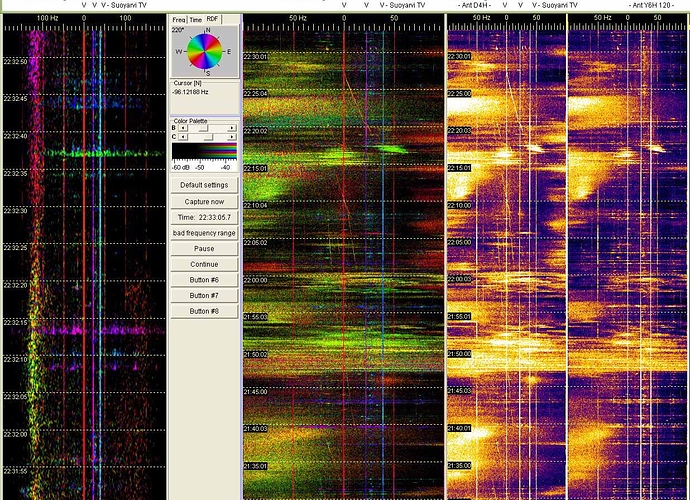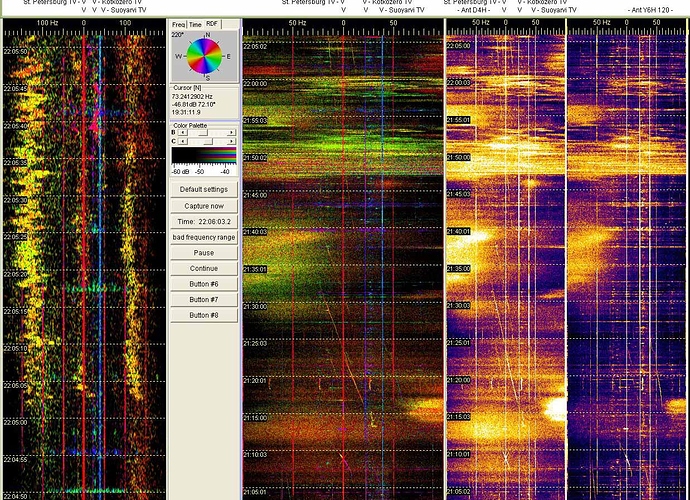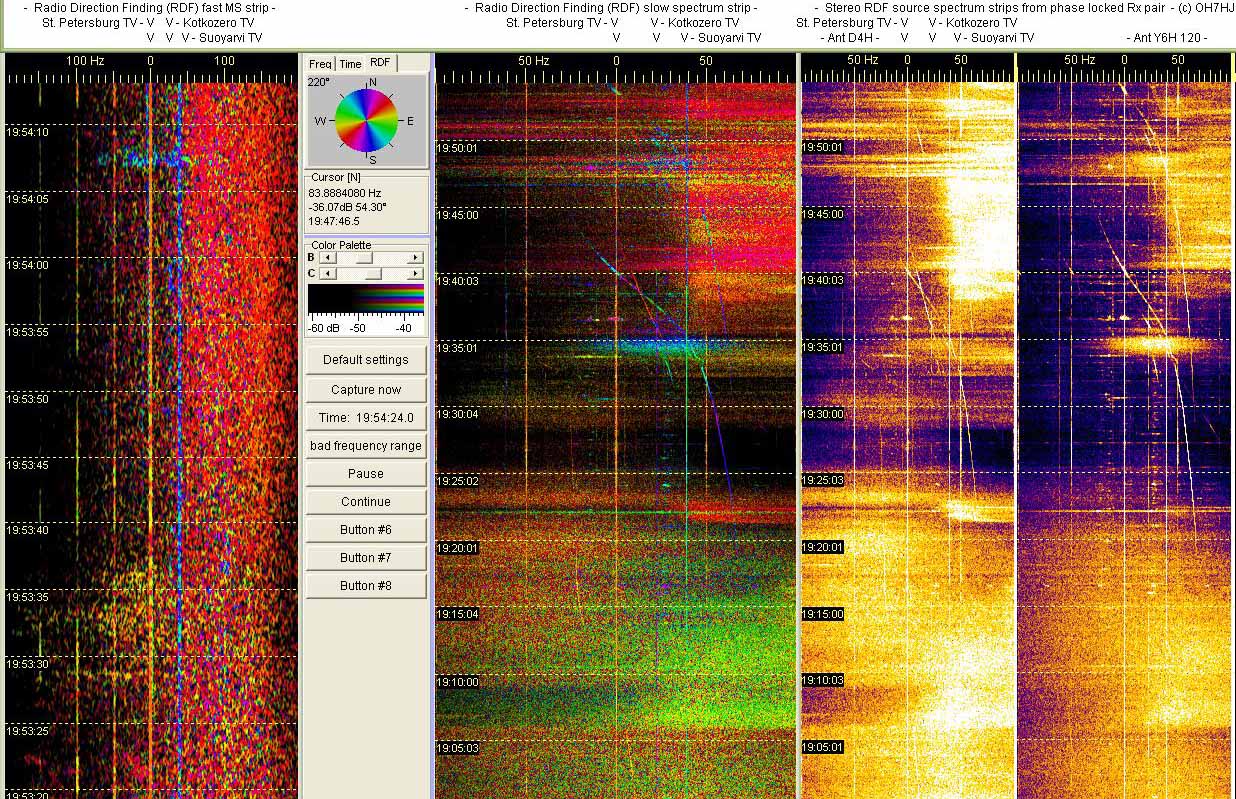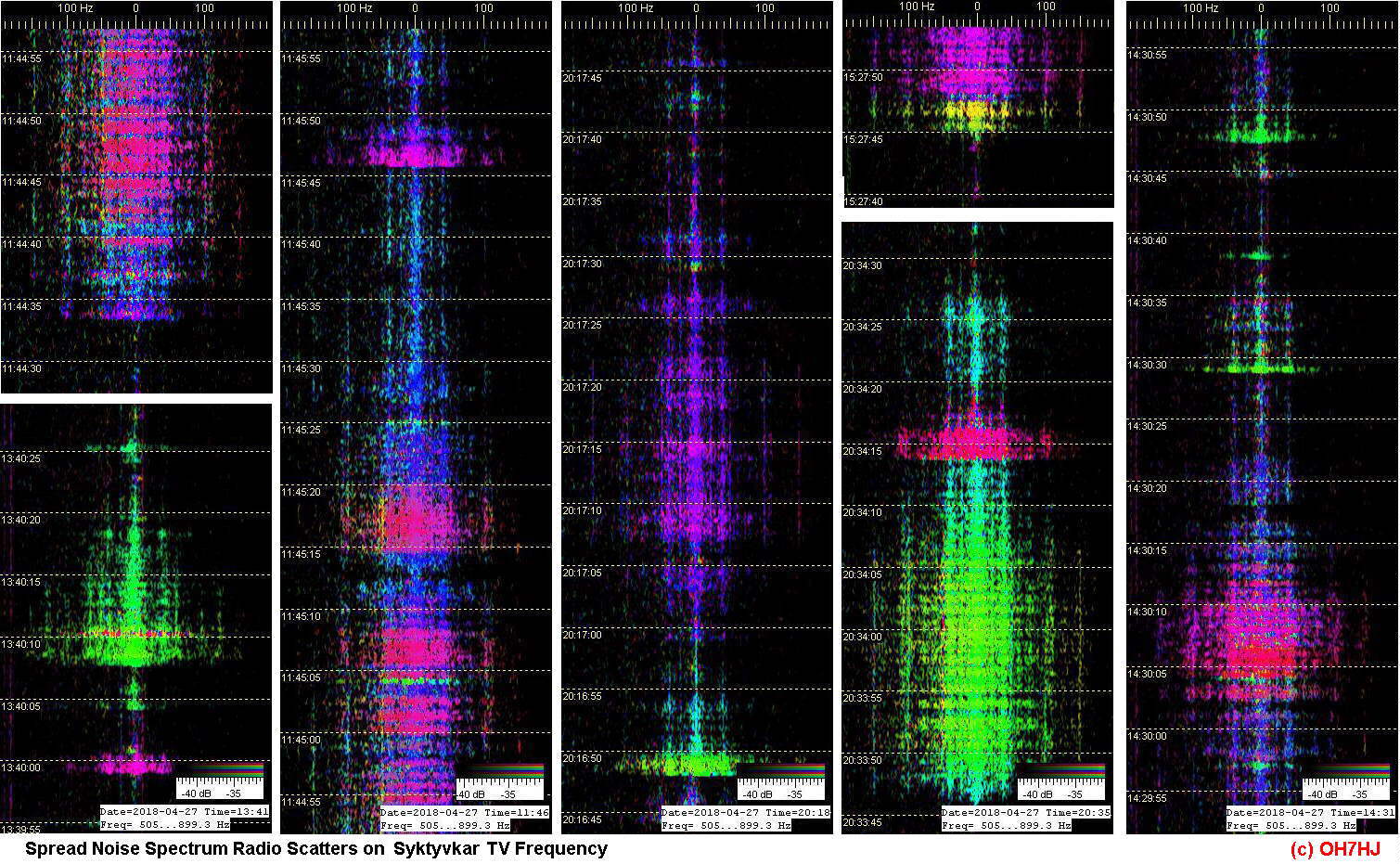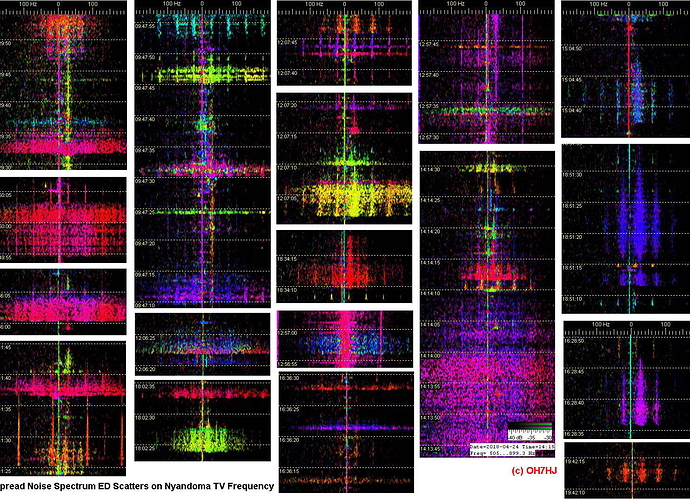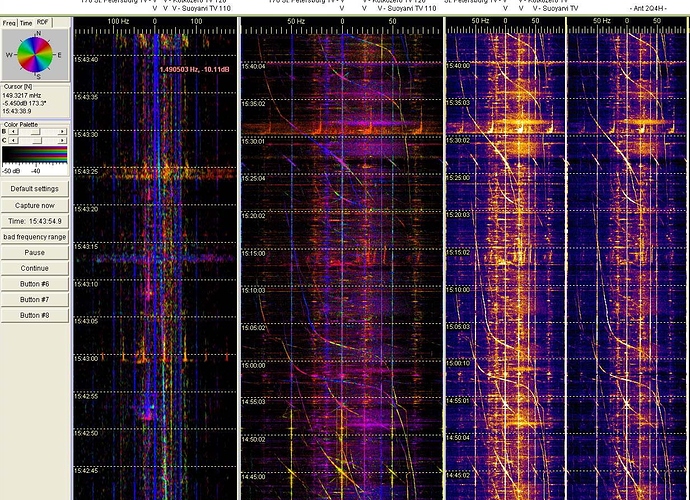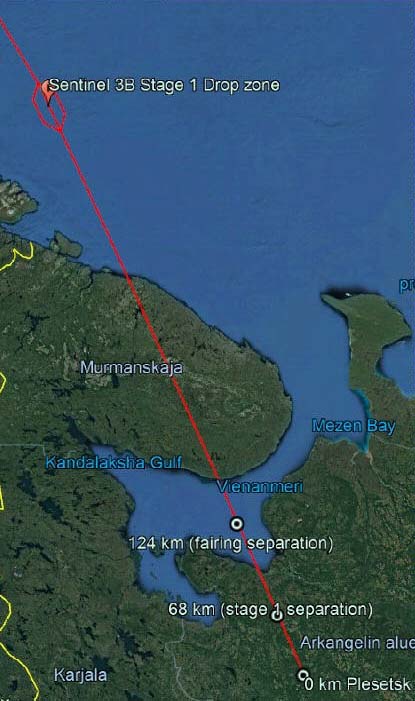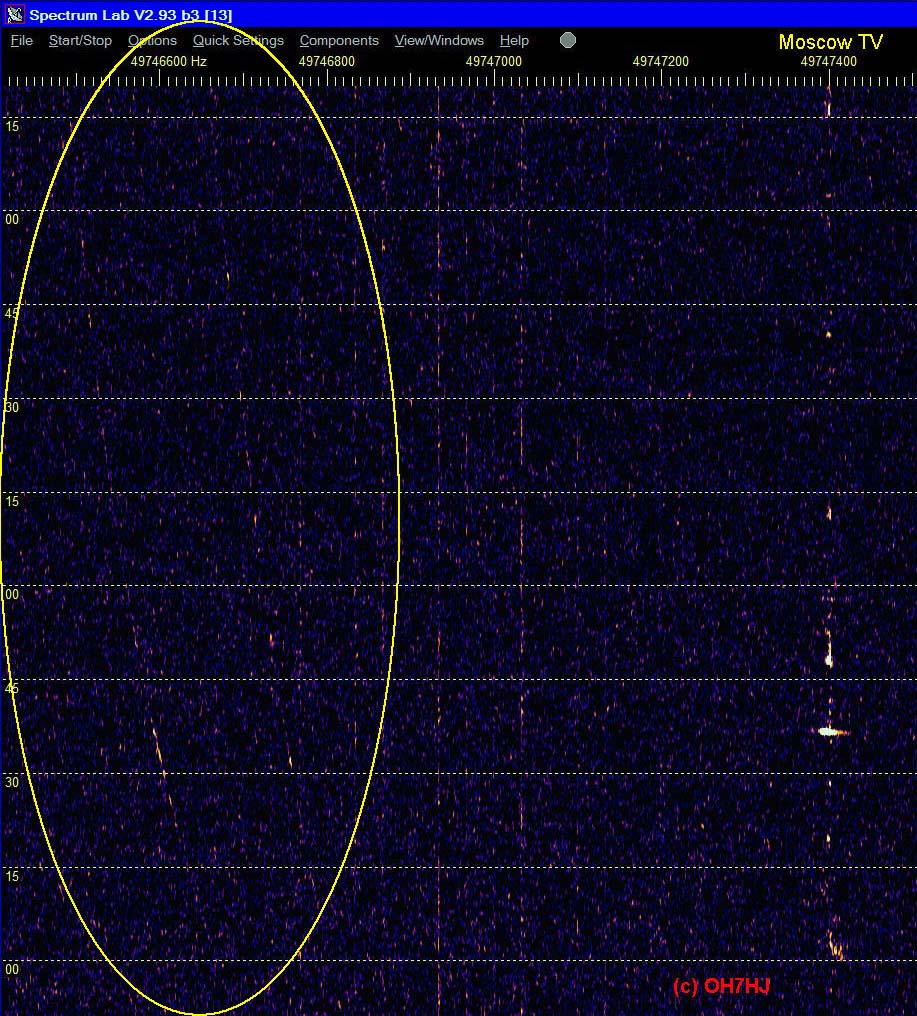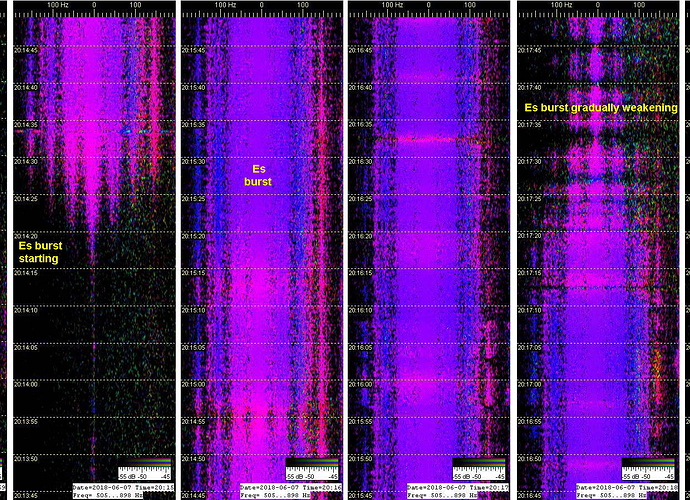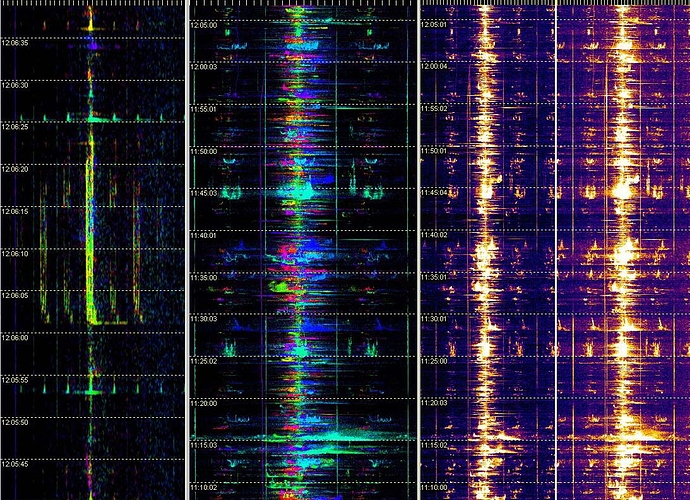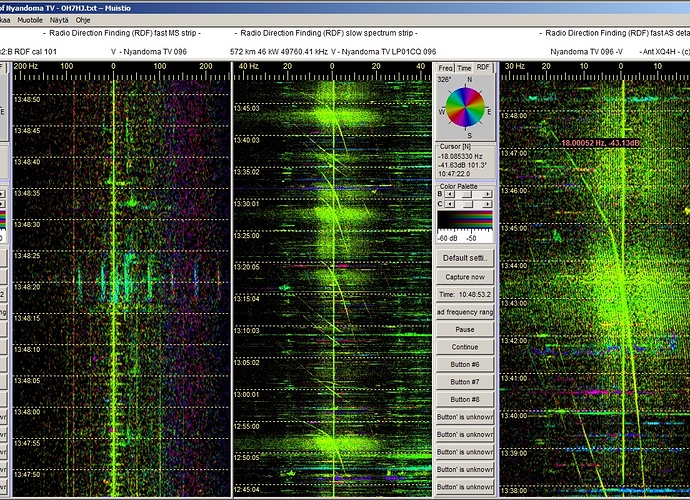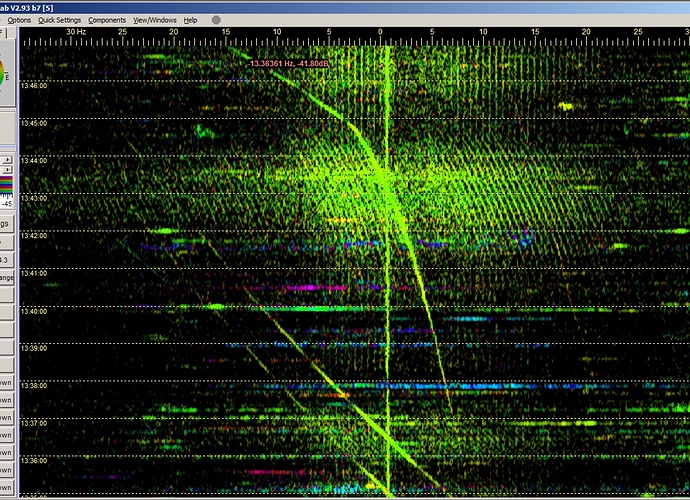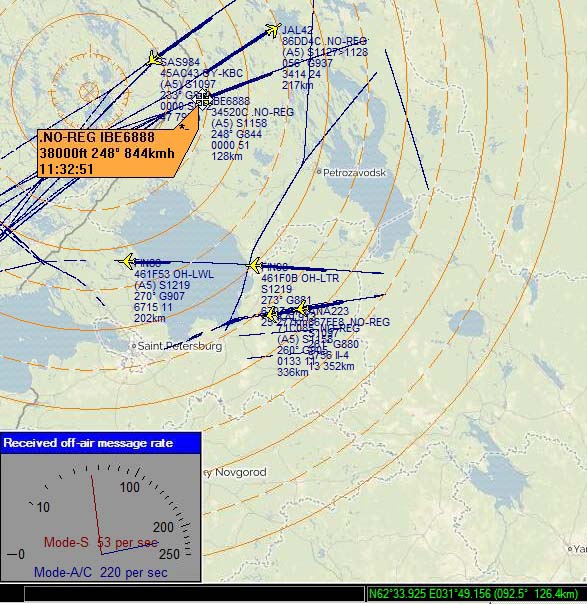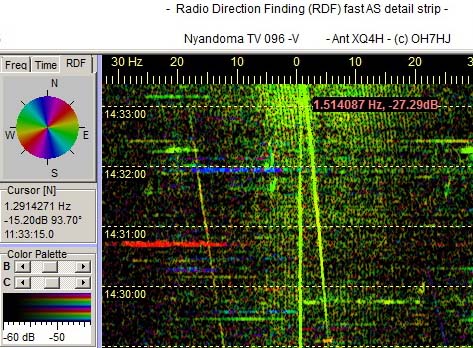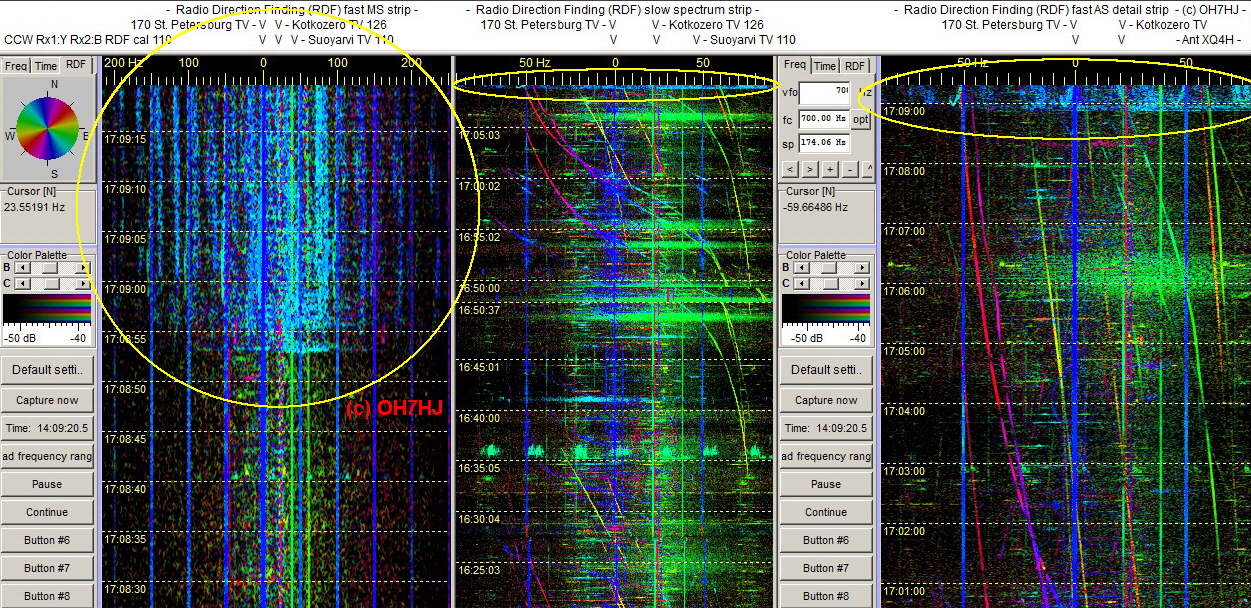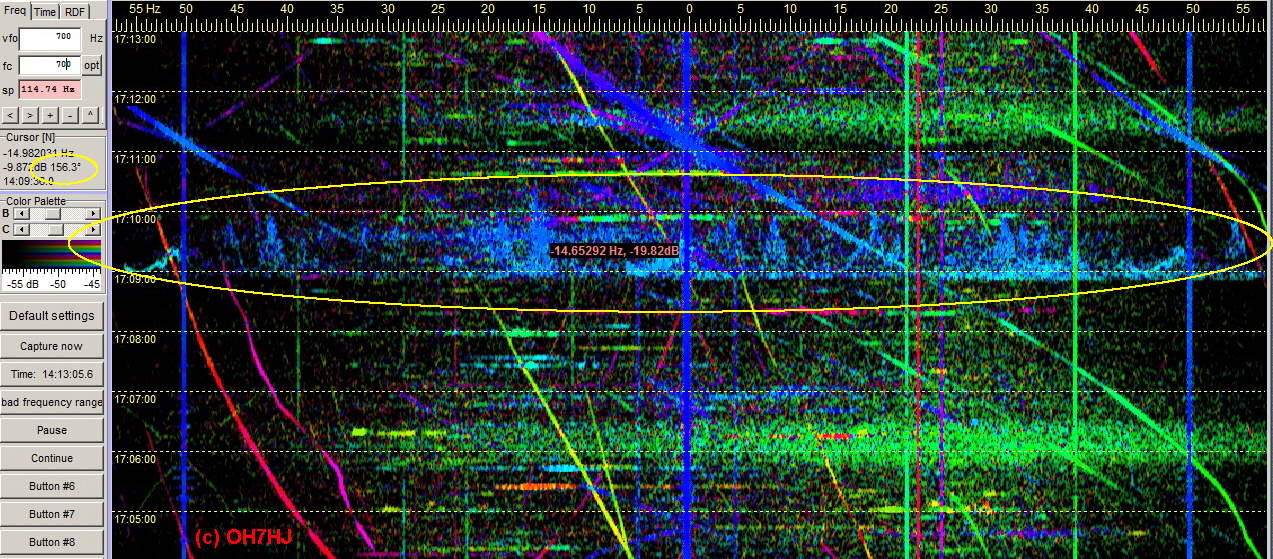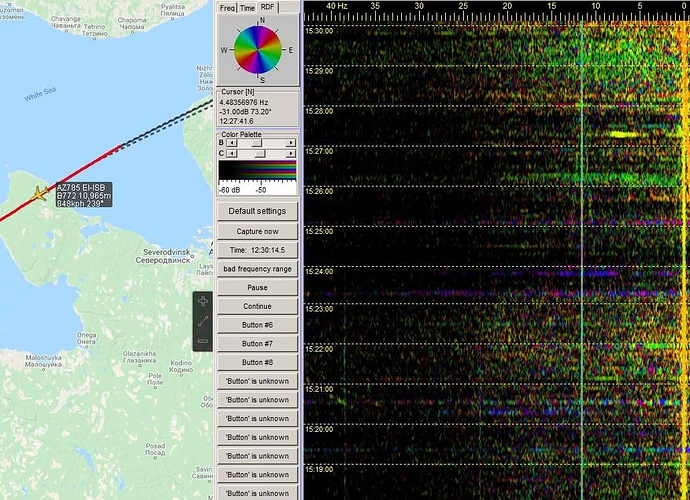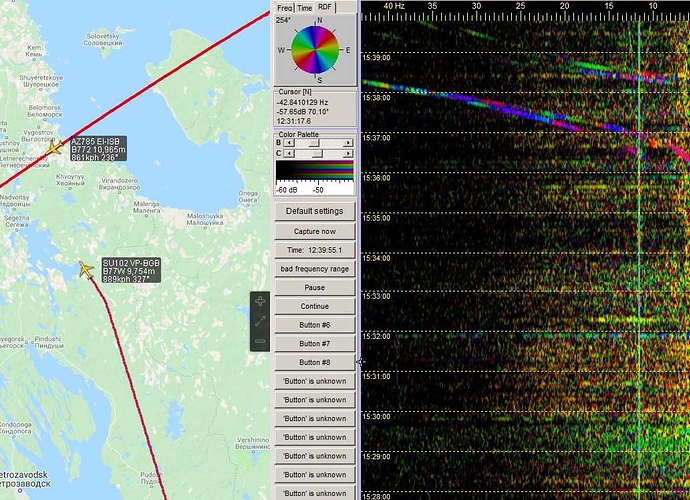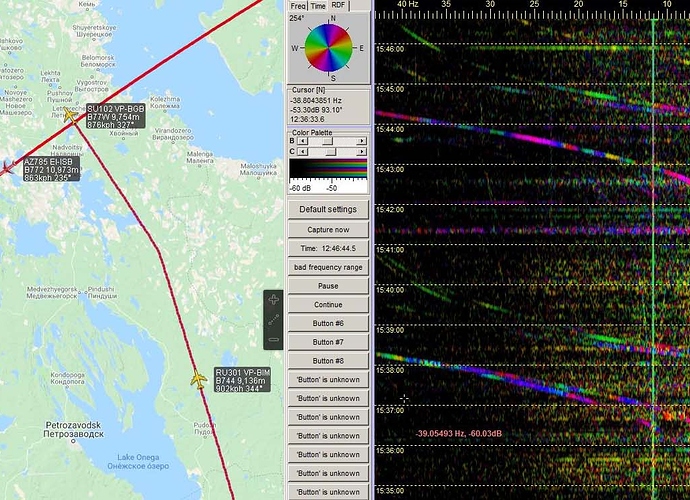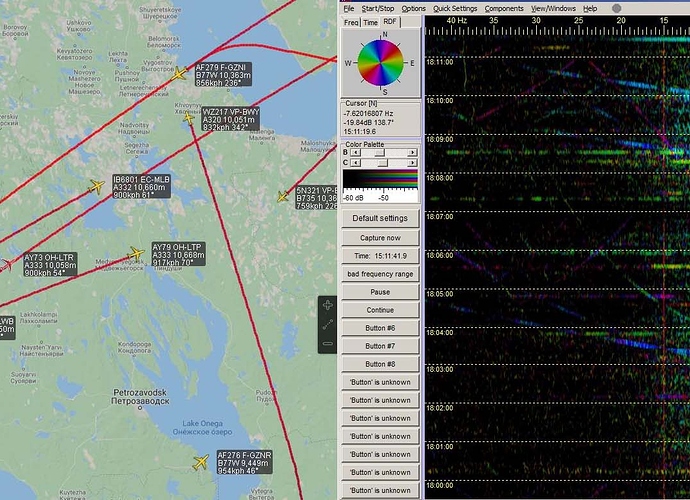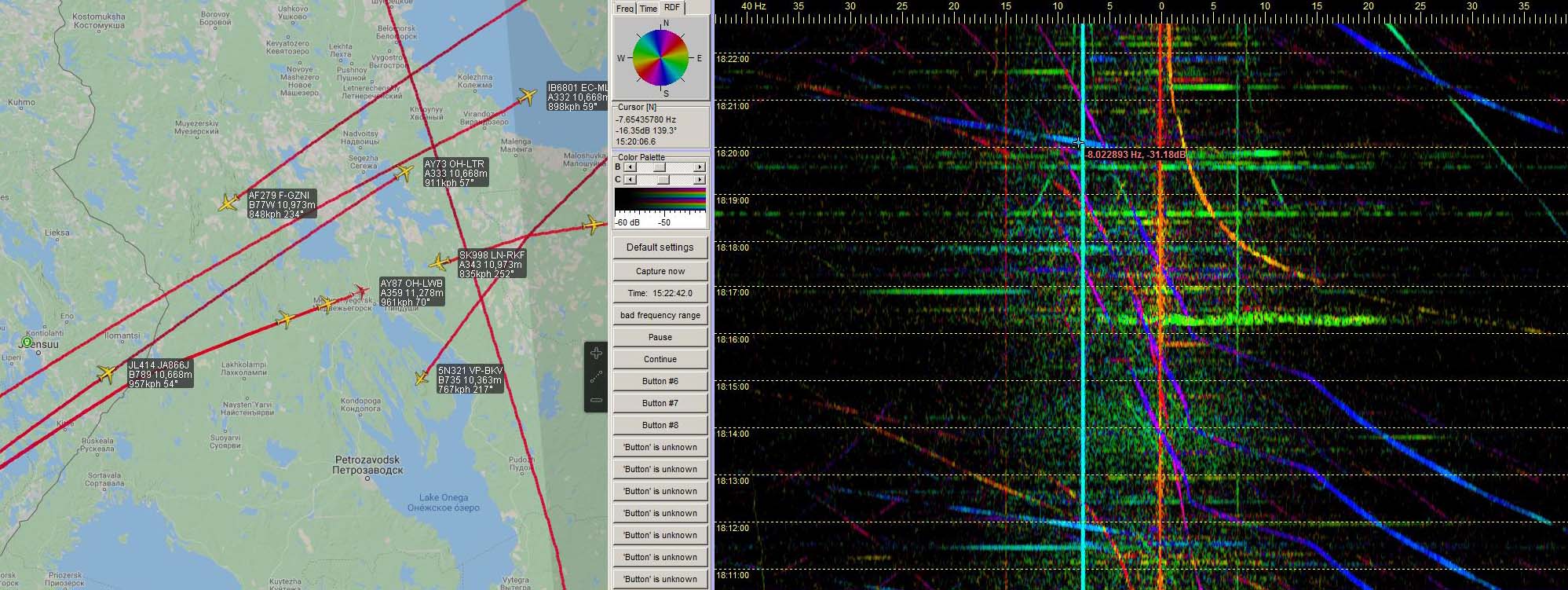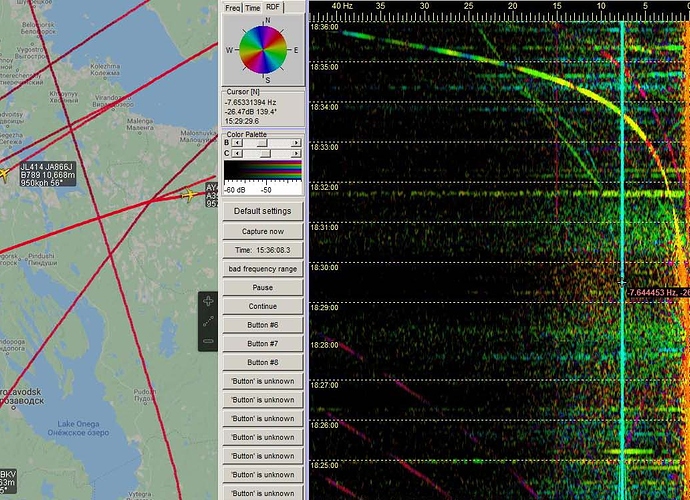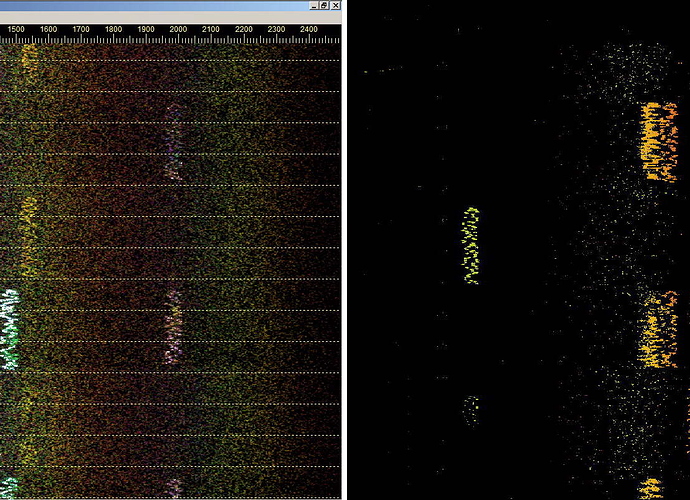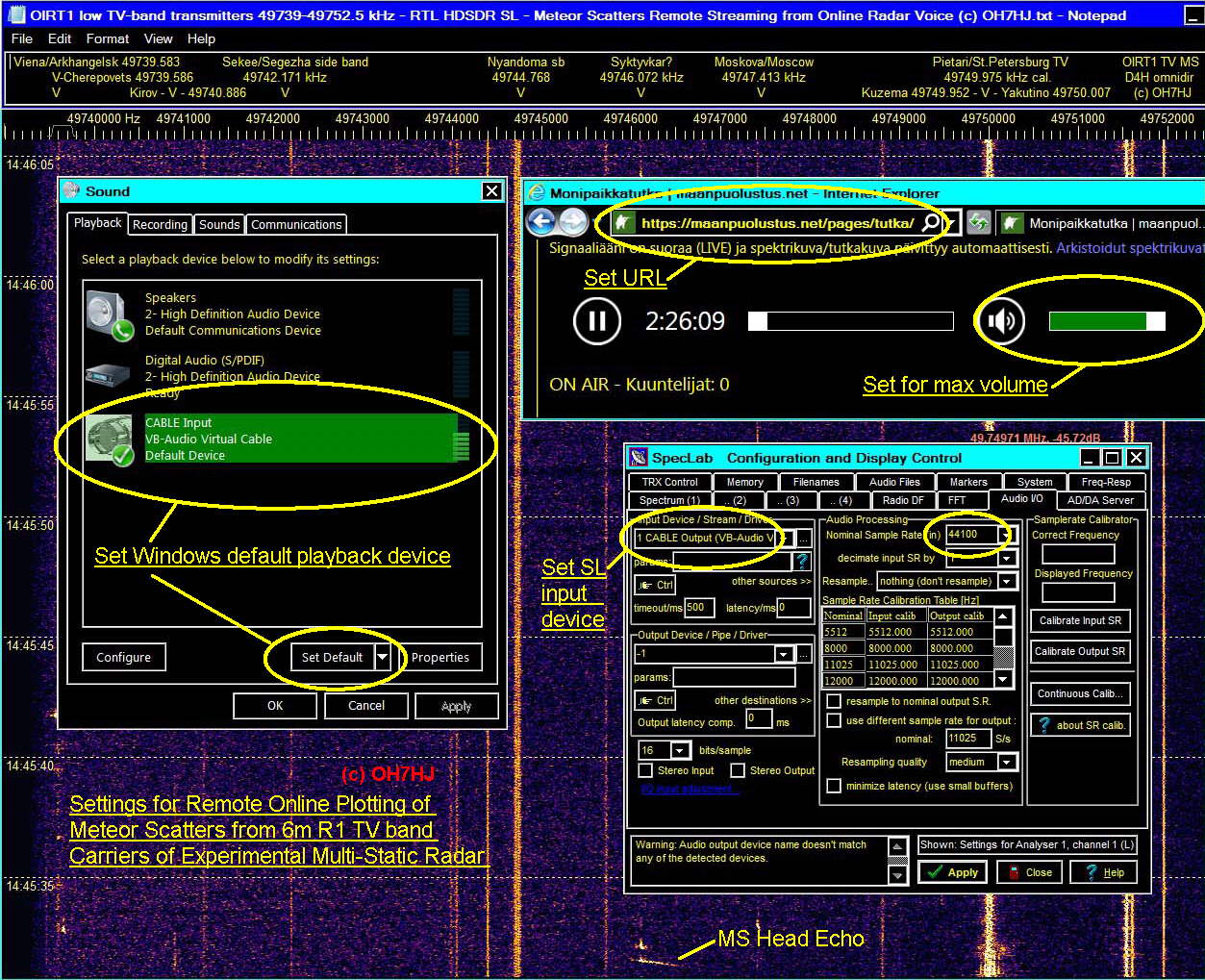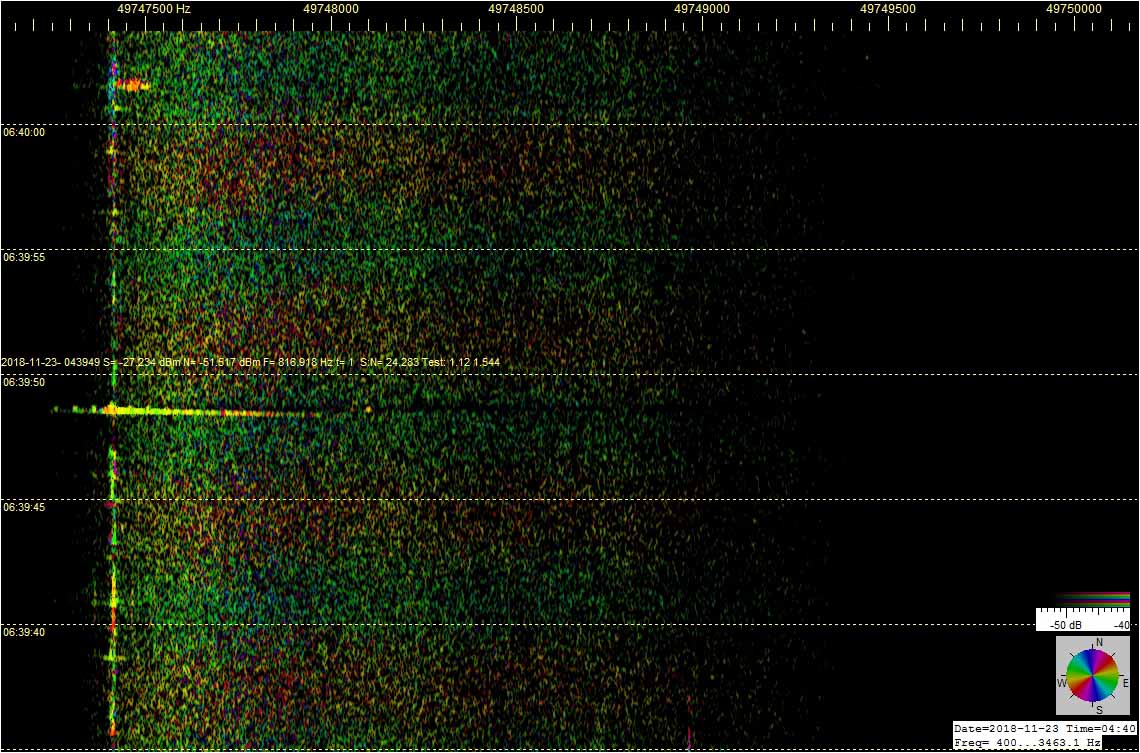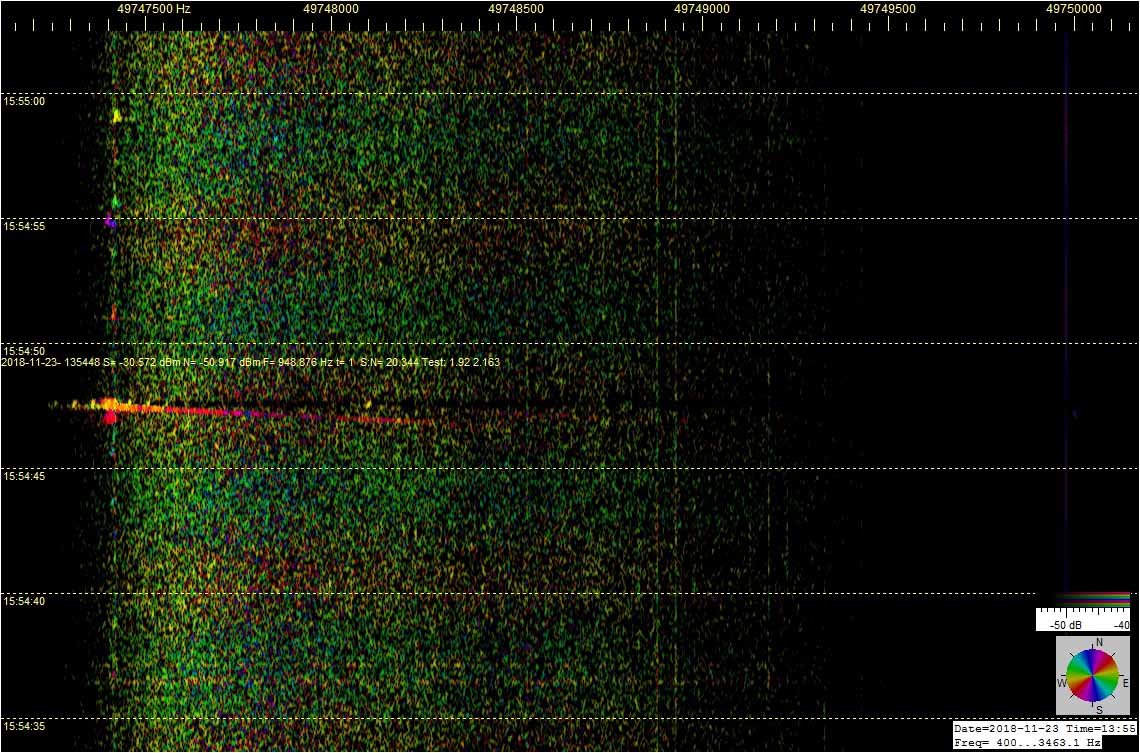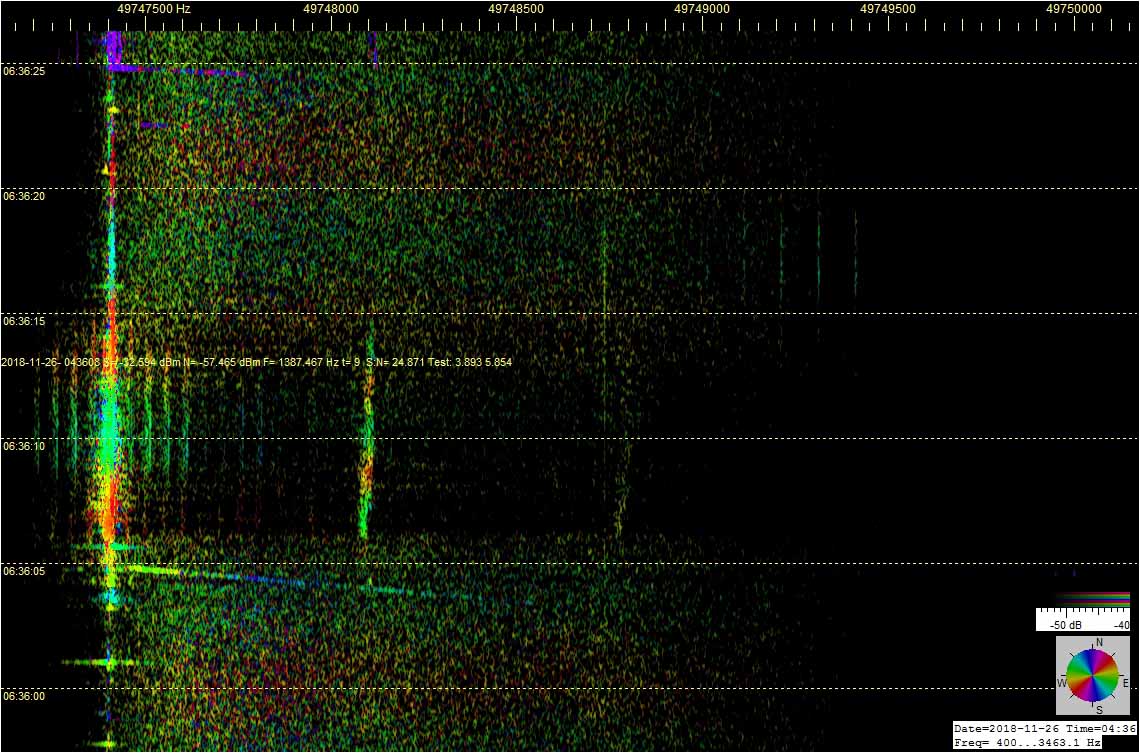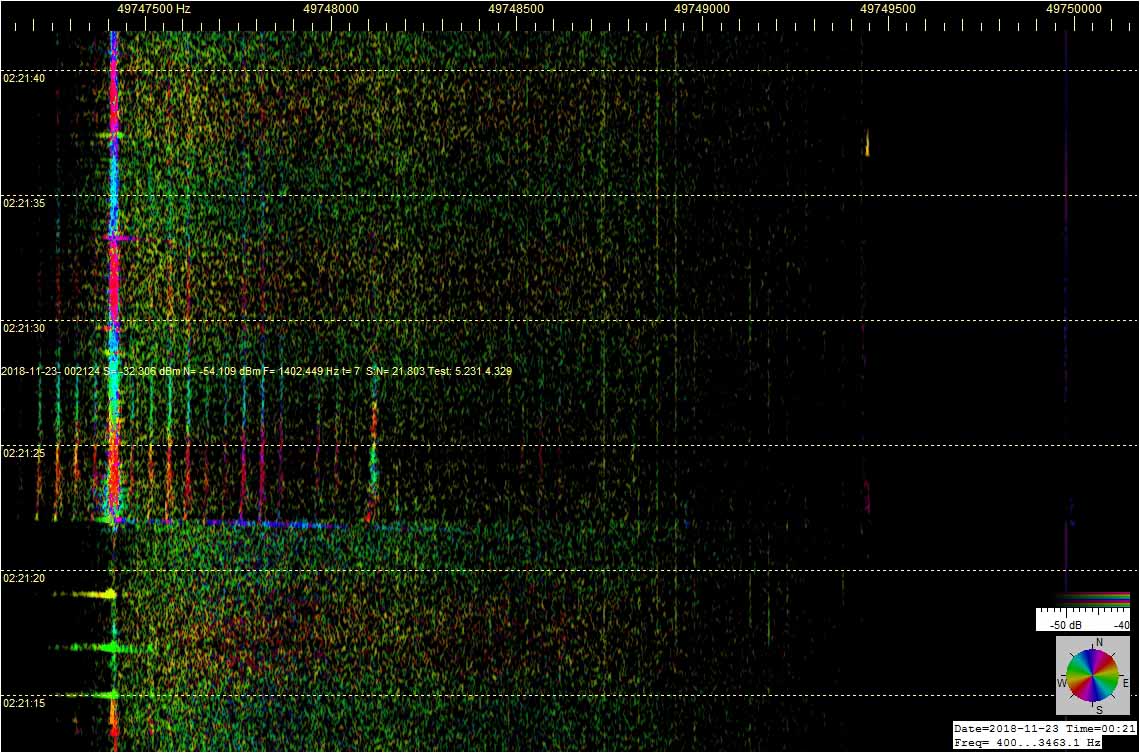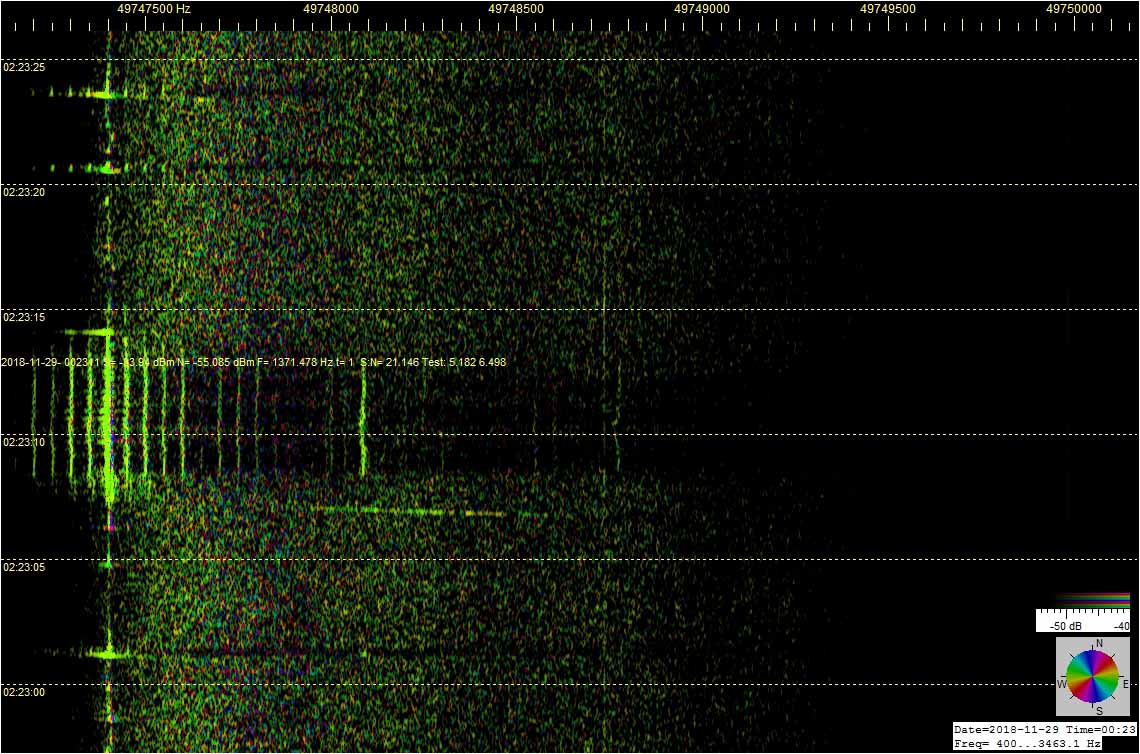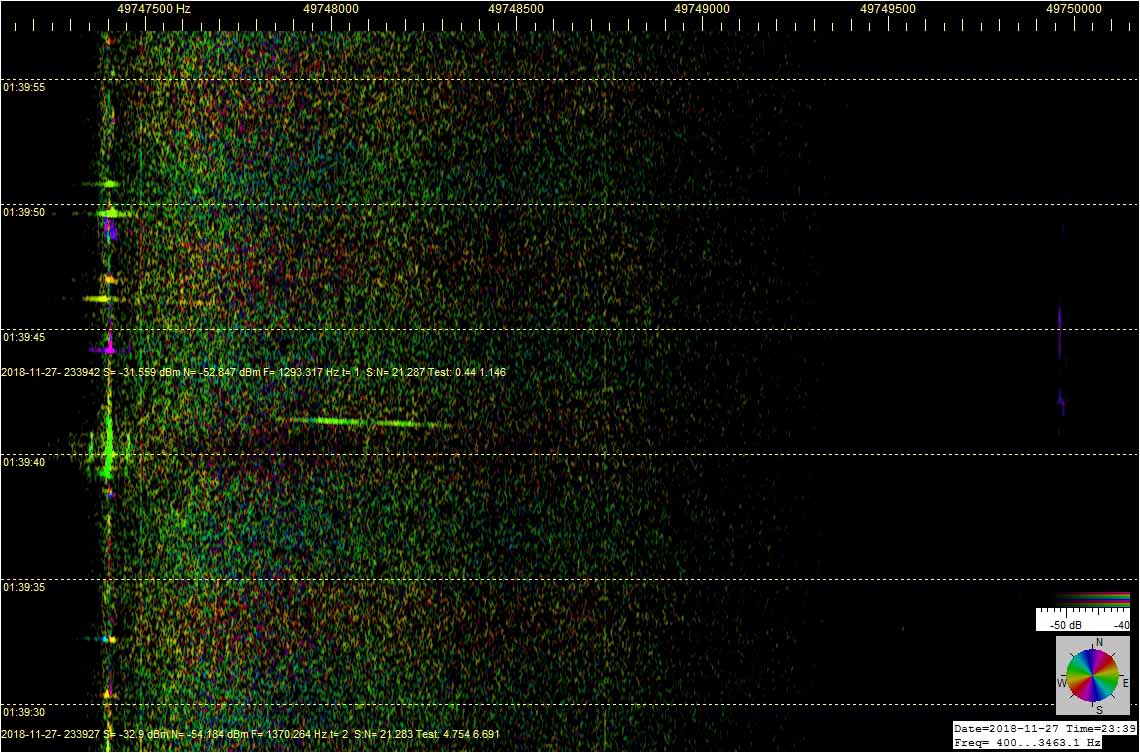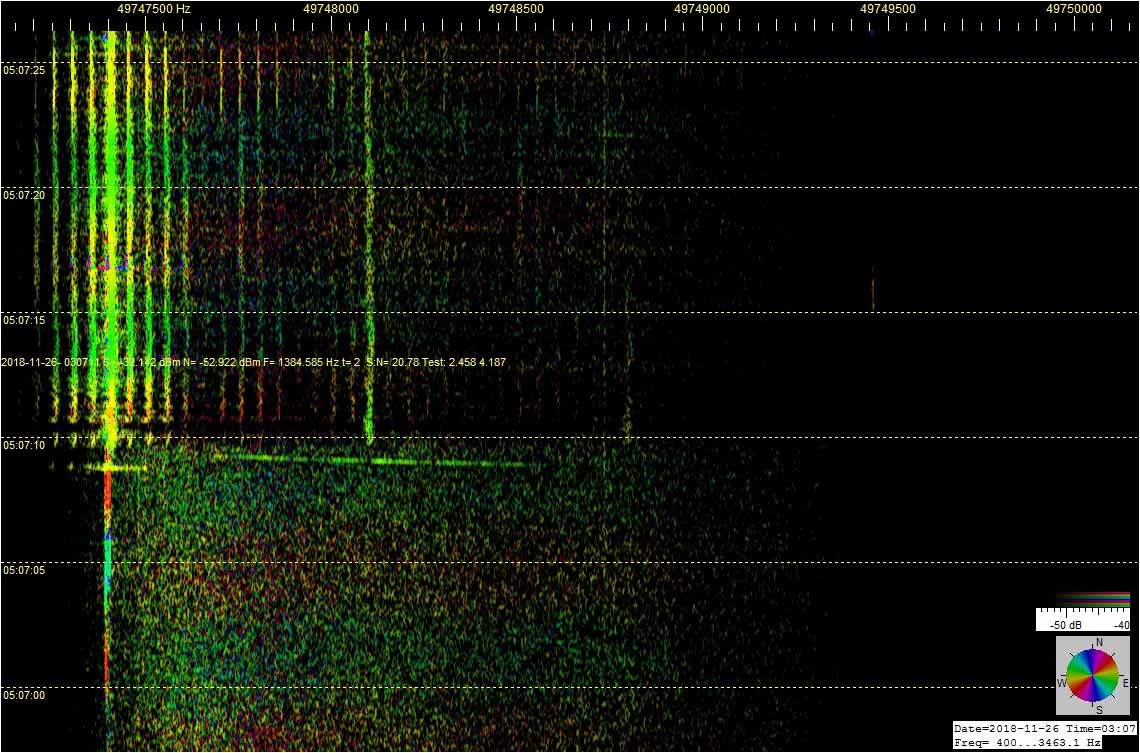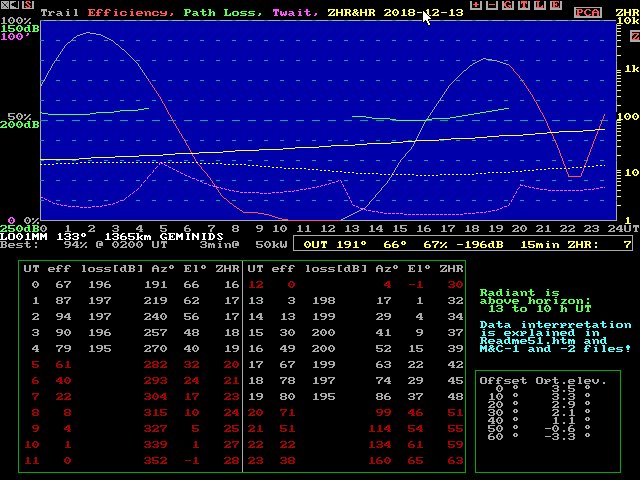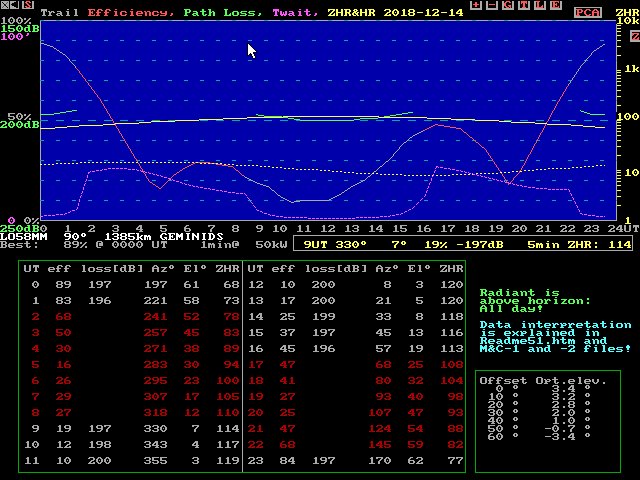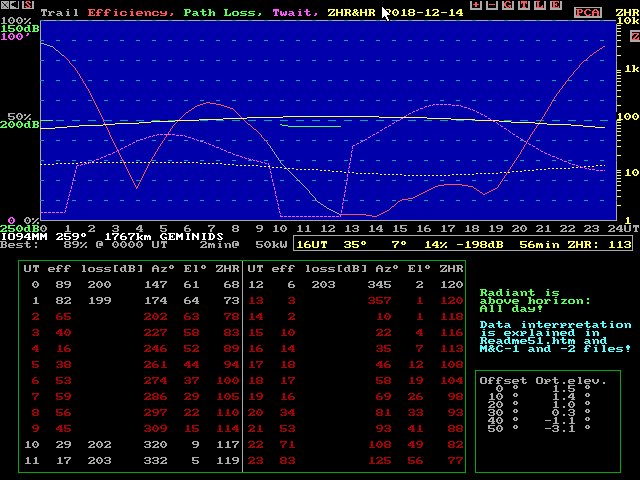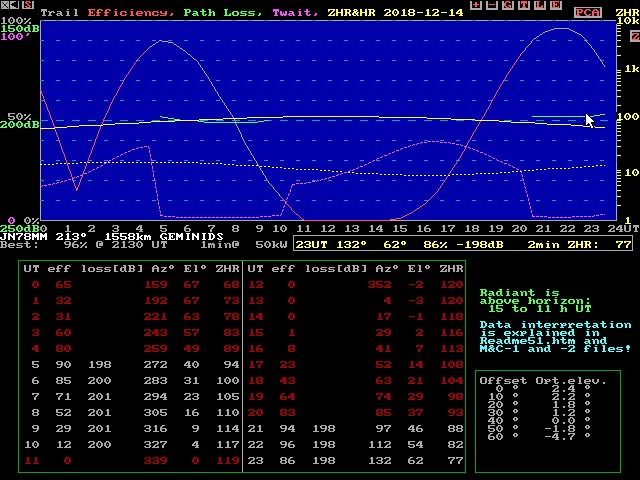Meteorin ionisaatiovana eli ‘häntä’ näkyy tavallisesti silmin pimeällä yötaivaalla hetkellisenä heikkona, ohuena viivana. Samoin sen radioheijastus usein näkyy myös tutkan ruudulla skarppina, meteorin nopeaa viistoa tai poikittaista dopplerjälkeä (Meteor Scatter Head Echo, MS HE) seuraavana pystysuorana ohuena viivana. Joskus meteorivana kuitenkin saattaa välähtää silmin nähden kirkkaammaksi, ja kestää näkyvissä useita sekuntteja.
Monipaikkatutka havaitsee meteorikaikuja kaikkina vuorokaudenaikoina, säästä ja valoisuudesta riippumatta. Tutkan nauhoilla tällaiset pitempikestoiset meteorihäntien heijastukset (meteor tail scatter) erottuvat samoin voimakkaampina, kuin tavalliset lyhtykestoiset himmeät meteorivanat. Niiden tuntomerkkinä on tutkan taajuusanalyysinauhoille kohinaisena leviävä hajaspektri. Tällainen kohinaspektri liittyy yleensä sähköstaattisiin purkauksiin kaasussa, joten se antaa vihjeen kirkastuvien ja pitkäkestoisempien meteorivanojen syntytavasta.
On mahdollista, että meteorin iskun yläilmoihin synnyttämä, hetkellisesti sähköä johtava ionisaatiovana sytyttää sähköisesti varautuneiden ionisaatiokerrosten välille sattumalta osuessaan luonnollisen sähkönpurkauksen. Korkean taivaan sähkönpurkaukset tunnetaan yläsalamina tai ionosfäärisalamina. Vähemmän tunnettua on, että meteorit ovat yleensä maankamaraamme nähden sähköisesti varautuneita, aivan samoin kuin niiden lähiympäristön aurinkotuulihiukkaset. Meteorin oma sähköinen varaus auttaa osaltaan ionisoivan meteoriittivanan syntymistä sen osuessa ilmakehäämme.
Meteoriheijastusten ‘hännät’ tutkakuvissa
Ensimmäisen liitekuvan eri väriset poikkiviivat ovat eri suunnista kuuluvien nopeiden meteorien ionisaatiovanojen radiodopplereita monipaikkatutkan spektrinauhalle tallentuneina.
Passiivitutkan lähettimenä käytettävän Moskovan TV-kantoaalto näkyy katkonaisena pystysuorana viivana, ja yläsalamien radioheijastukset niiden purkautumiskorkeudesta riippuen eri levyisinä lähes pystysuorina kohinaisten hajaspektrin pätkinä.
Kuva 1: RDF MS Moscow TV - XQ4H in test © OH7HJ - 2018-08-12-1351 - Long and short dopplers.jpg
Joskus taivaalta iskevän meteorin ionisoitunut vana osuu niin makean sähköiseen kohtaan yläilmoja, että se laukaisee luonnollisen sähköstaattisen purkauksen, ionosfäärisalaman. Silloin meteorin ionisaatiovananaa pitkin voi leimahtaa salaman purkaussähkön tavallista himmeää tähdenlentoa silmin nähden kirkkaammaksi valaisema valokaari.
Tutkan nauhalla tällainen meteorin liipaisema sähkönpurkaushäntä erottuu likimain pystysuuntaisena, tavallista ohutta meteorivanaa pulskempana ja pitkäkestoisempana hajaspektrijuovana, kuten on tapahtunut tämän toisen liitekuvan tutkatallenteessa.
Meteorin sähkönpurkaushännän (EDS) rinnalle ilmestyneet raidat ovat purkauksen voimakkaan radioheijastuksen esiin nostamia Moskovan TV-lähetteen 50 Hz sivunauhoja, jotka normaalisti ovat liian heikkoja näkyäkseen tutkan nauhoilla.
Kuva 2: RDF MS Moscow TV - XQ4H in test © OH7HJ - 2018-08-12-1411 - Two long - One with long EDS tail.jpg
Korkean taivaan luonnonilmiöiden, kuten meteorien ja yläsalamien radioheijastuksia voi monipaikkatutkan nauhoilla näkyä samanaikaisesti useita eri suunnista. Kolmannessa liitekuvassa näkyy keltaisena varsin heikkona dopplerinpätkänä erottuvasta meteorivanasta klo 14:39:52 syttynyt voimakas sähkönpurkausheijastuksen hajaspektri, useine 50 Hz TV-sivunauhaheijastuksineen.
Sinisenä hajaspektrijuovana alhaalla erottuva sähkönpurkausheijastus (Electric Discharge Scatter, EDS) on syttynyt jo aikaisemmin. Värin perusteella se kuuluu eri suunnasta, vaikkakin samalla Moskovan TV:n kantoaaltotaajuudella. Noin klo 14:40:35 näyttää syttyvän kolmas hajaspektripurkaus, jonka tulosuuntaa kuvastava heijastus näkyy myös sinisenä.
Kuva 3: RDF MS Moscow TV - XQ4H in test © OH7HJ - 2018-08-12-1441 - Short MS HE with long EDS tail.jpg
T: - Juha -
